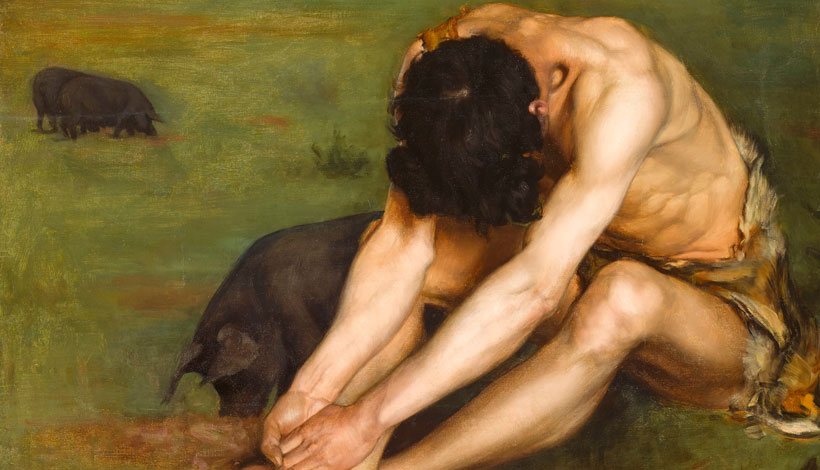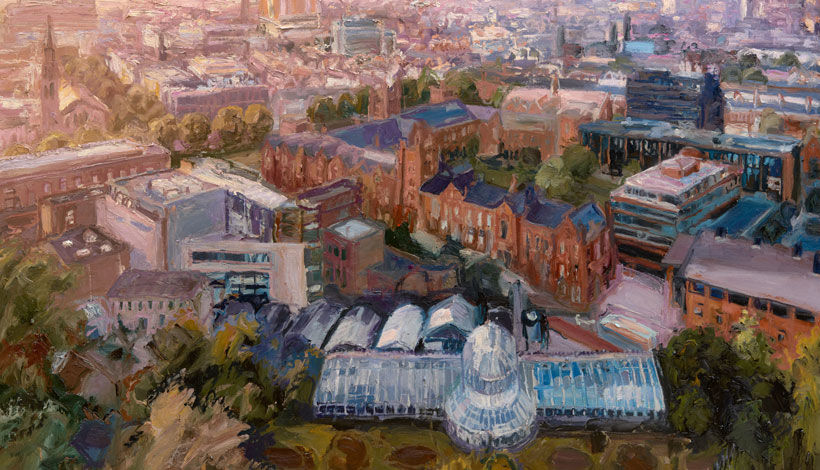Peter Harbison follows the route to Howth from Dublin painted by Victorian artist Edward McFarland
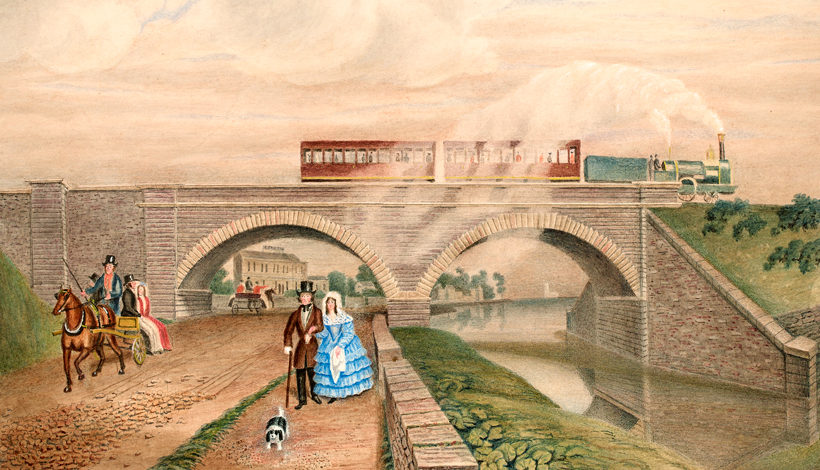

Edward McFarland Dublin and Drogheda Railway Viaduct over Clontarf Road 1853 watercolour 27.2 x 46.4cm
Peter Harbison follows the route to Howth from Dublin painted by Victorian artist Edward McFarland
The 19th century was, par excellence, the age of amateur paintings in watercolour. Many of these have sunk into oblivion, never to surface again, or have hung for years on the wall of the artist’s house, only to be quietly removed on his or her demise. One possible way of having them survive was to create an album as a personal aide-mémoire of places visited, or as a present for some worthy admirer. An album could, perhaps, even have served to encourage the next of kin to be proud of the family wielder of the aqueous paintbrush.
One such album is now kept safely in the National Library. Its front cover is somewhat scratched and worn, but it bears a golden-framed inscription that summarises the album’s contents as follows: ‘A Drive from Dublin to Howth Returning by Clontarf in 1853 by Edward McFarland’. We know as little about the album’s provenance as we do about its artist. McFarland was a fine architectural draughtsman, as well as being a good landscape artist, whose land and sea merge happily to please the eye beneath a mildly cloudy sky, all the while providing us with a neat time capsule of life in early to mid-19th-century Ireland. We can only guess what it was that drew him to visit Howth, a mere eight miles from the capital city in which he may have lived. McFarland’s views of the entrance gates to Killester Demesne, Clontarf and Howth Castles, together with Marino and its house and Casino, suggest that their owners may have been friends of his or that he sought an invitation to visit them.
To read this article in full, subscribe or buy this edition of the Irish Art Review
The 19th century was, par excellence, the age of amateur paintings in watercolour. Many of these have sunk into oblivion, never to surface again, or have hung for years on the wall of the artist’s house, only to be quietly removed on his or her demise. One possible way of having them survive was to create an album as a personal aide-mémoire of places visited, or as a present for some worthy admirer. An album could, perhaps, even have served to encourage the next of kin to be proud of the family wielder of the aqueous paintbrush.
One such album is now kept safely in the National Library. Its front cover is somewhat scratched and worn, but it bears a golden-framed inscription that summarises the album’s contents as follows: ‘A Drive from Dublin to Howth Returning by Clontarf in 1853 by Edward McFarland’. We know as little about the album’s provenance as we do about its artist. McFarland was a fine architectural draughtsman, as well as being a good landscape artist, whose land and sea merge happily to please the eye beneath a mildly cloudy sky, all the while providing us with a neat time capsule of life in early to mid-19th-century Ireland. We can only guess what it was that drew him to visit Howth, a mere eight miles from the capital city in which he may have lived. McFarland’s views of the entrance gates to Killester Demesne, Clontarf and Howth Castles, together with Marino and its house and Casino, suggest that their owners may have been friends of his or that he sought an invitation to visit them.
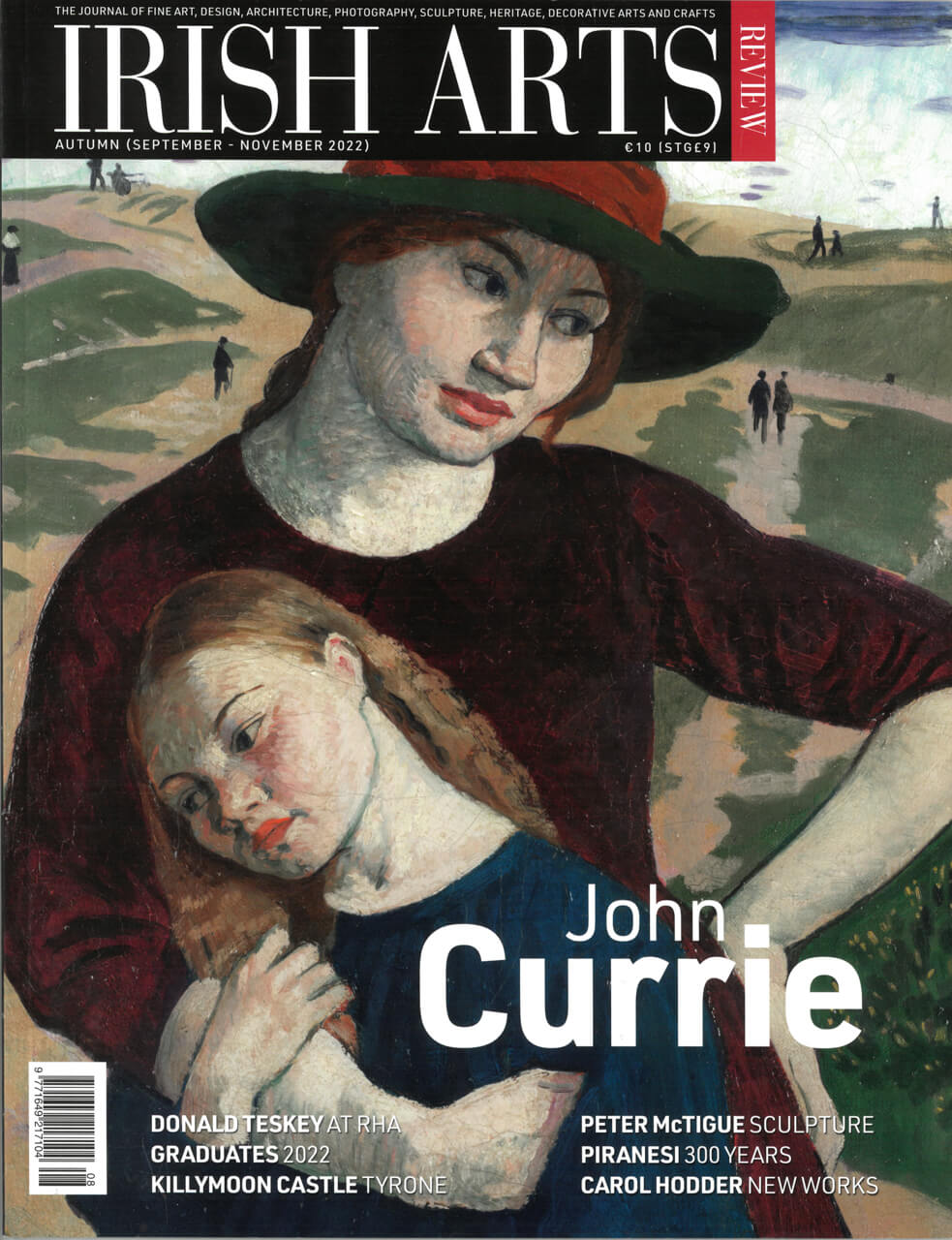
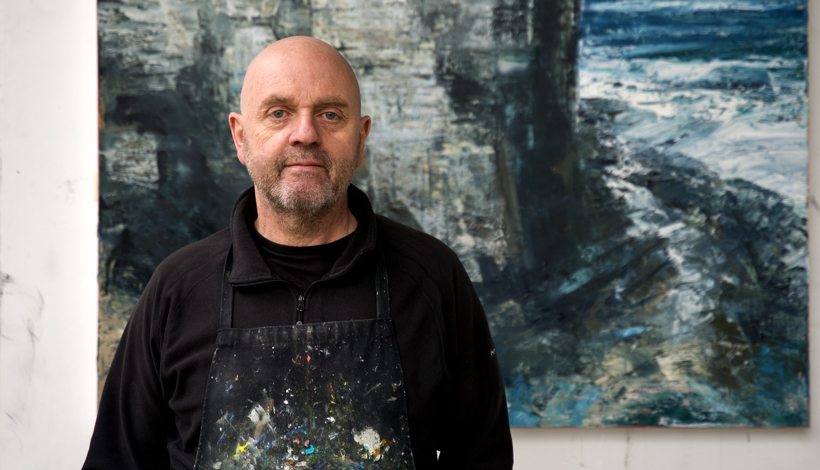
John P O’Sullivan investigates painterly values and pitfalls with Donald Teskey, ahead of his mid-career survey at the RHA
